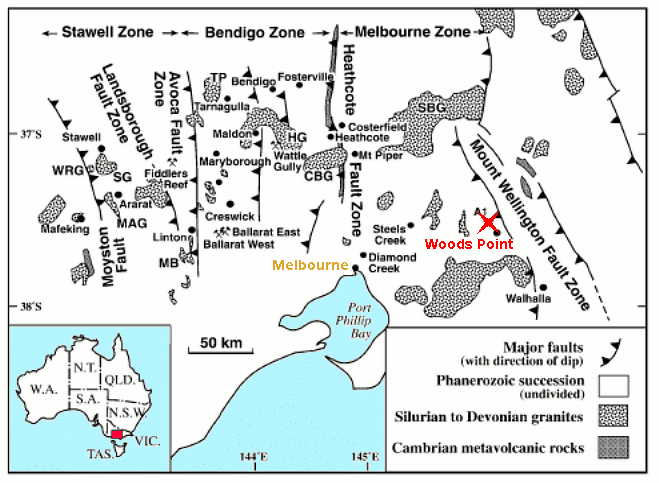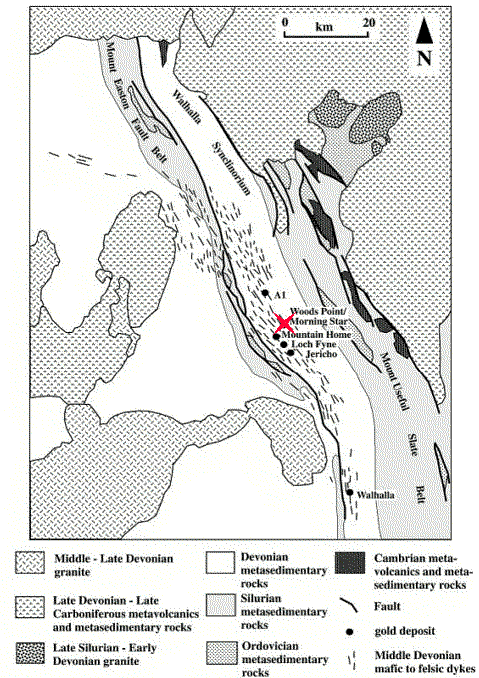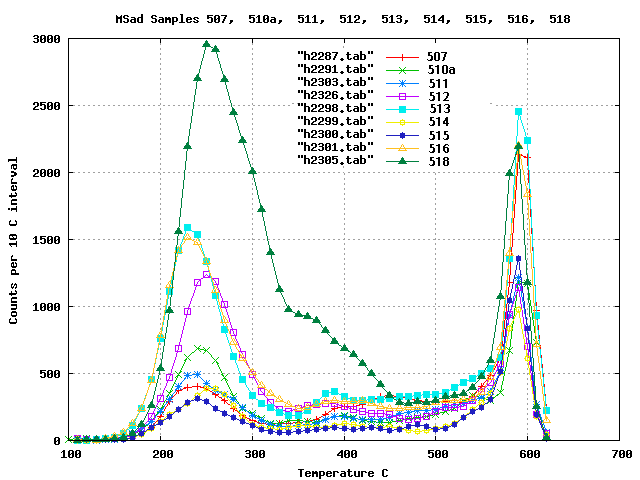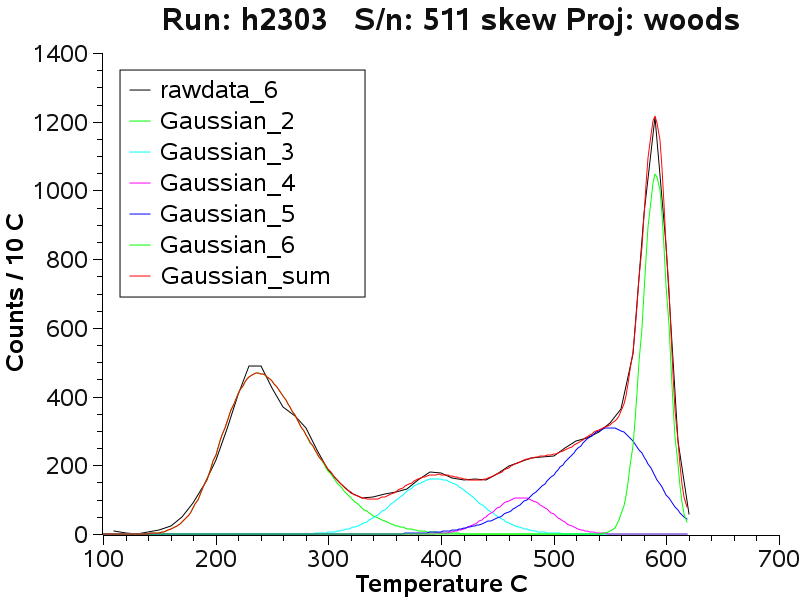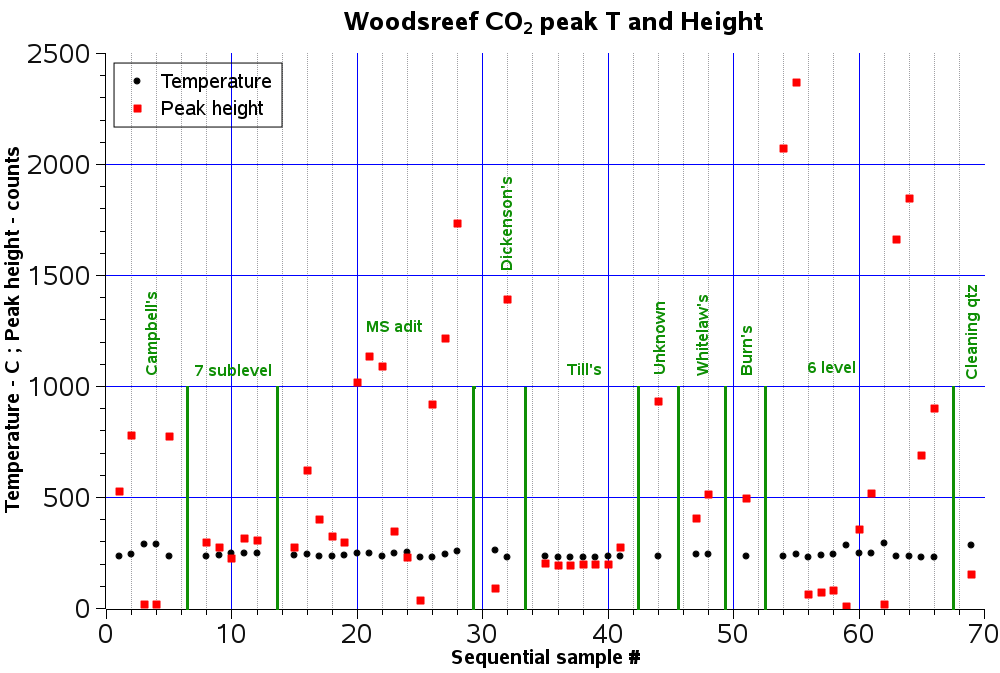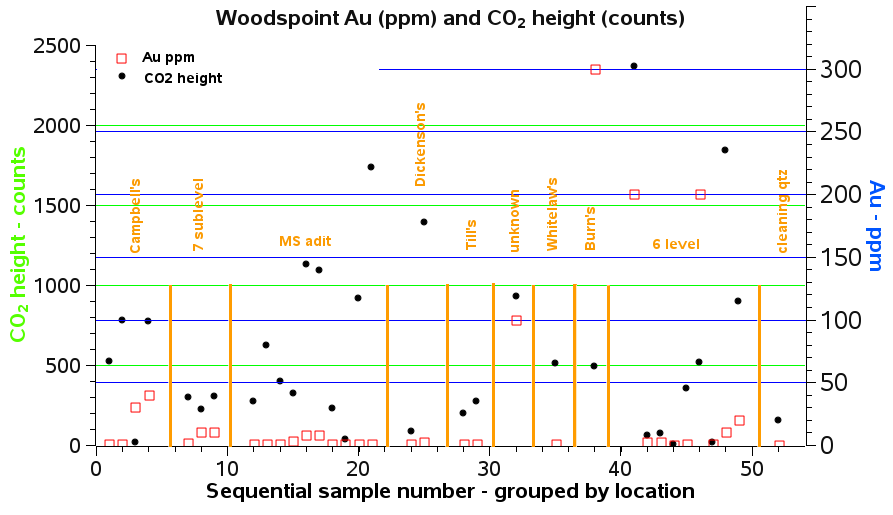Overview:
A selection of quartz samples from the Morning Star mine and environs were
analysed by baro-acoustic decrepitation as part of a project carried out by Caitlyn Hoggart and supervised by
Reid Keays of Monash University.
The decrepitation data showed that the auriferous hydrothermal fluids
which formed the deposit typically contained very high quantities of CO
2. Decrepitation is a rapid and simple method to
estimate the CO2 contents of the ore forming fluids
and this method would be useful in exploring for extensions to the
existing deposits or in finding new deposits in this region by
identifying quartz formed from these CO
2 rich, potentially auriferous fluids..
 Applied Mineral Exploration
Applied Mineral Exploration Discussion and research relevant to mineral
exploration.
Discussion and research relevant to mineral
exploration. 